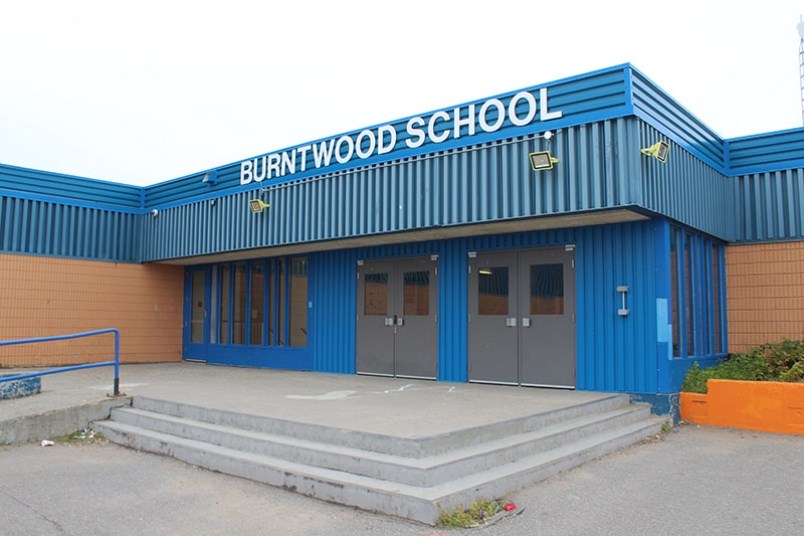Parents and guardians of Burtnwood School and Westwood School students received letters Nov. 24 and Nov. 25 advising that possible exposures to COVID-19 had occurred at the schools.
Someone who tested positive for the virus was in Burntwood Nov. 16-17 when they may have been infectious, one letter letter said, while the possible exposure dates at Westwood were Nov. 16-20, said the other.
Both letters characterized the exposure risk as low based on the public health investigation and said that the schools would remain open.
This is the second possible exposure to have occurred at Westwood. Westwood parents were previously advised in a letter Nov. 10 that someone with COVID-19 had been in the school Oct. 29 when they may have been infectious.
Previous possible exposures in schools within the Northern Regional Health Authority (NRHA) have been announced to students’ parents and guardians anywhere from three to 12 days after the possible exposure date. About half the announcements have come within five days of the potential exposure.
Copies of the letters are not yet posted on the provincial government’s list of possible public exposures in the north, but should be posted sometime this week, said an NRHA spokesperson. Copies were posted in a Thompson Facebook group and in a crowdsourced Google Drive document listing all public exposures in kindergarten to Grade 12 schools in Manitoba. Overall there have been five reported possible public exposures to COVID-19 at School District of Mystery Lake schools, including one at Deerwood School Oct. 14-16 and one at R.D. Parker Collegiate on Oct. 15-16.
People with COVID-19 may be infectious for two days before they begin showing symptoms.
Anyone identified as a close contact of the person who tested positive will be contacted by public health.
Contact tracing divides people into three categories: close contacts, medium-risk contact and low-risk contacts. The first group includes anyone who spent 15 minutes or more within six feet of a person who has tested positive for the virus. Medium-risk contacts are those who were not that close to or were in the company of an infected person for a shorter period of time.
Close contacts are expected to self-isolate themselves and get tested if they develop COVID-19 symptoms. Medium-risk contacts are asked to self-monitor themselves, including taking their temperature twice a day, for two weeks, while low-risk contacts do not have to take any special precautions beyond those everybody is asked to take because they aren’t at any greater risk of infection than the general public.
Anyone whose child develops fever or chills, a cough, a sore throat or hoarse voice, shortness of breath, loss of taste or smell, or vomiting or diarrhea for more than 24 hours is instructed to isolate themselves from others and seek testing within 24 hours after symptoms appear. The same advice applies to anyone who gets two or more of the following symptoms: runny nose, muscle aches, fatigue, pink eye, a headache, a skin rash of unknown cause or a loss of appetite.
People with these symptoms who do not get tested must self-isolate for 10 days following the start of symptoms. Isolation can be discontinued after 10 days if the person has been symptom-free for 24 hours.




